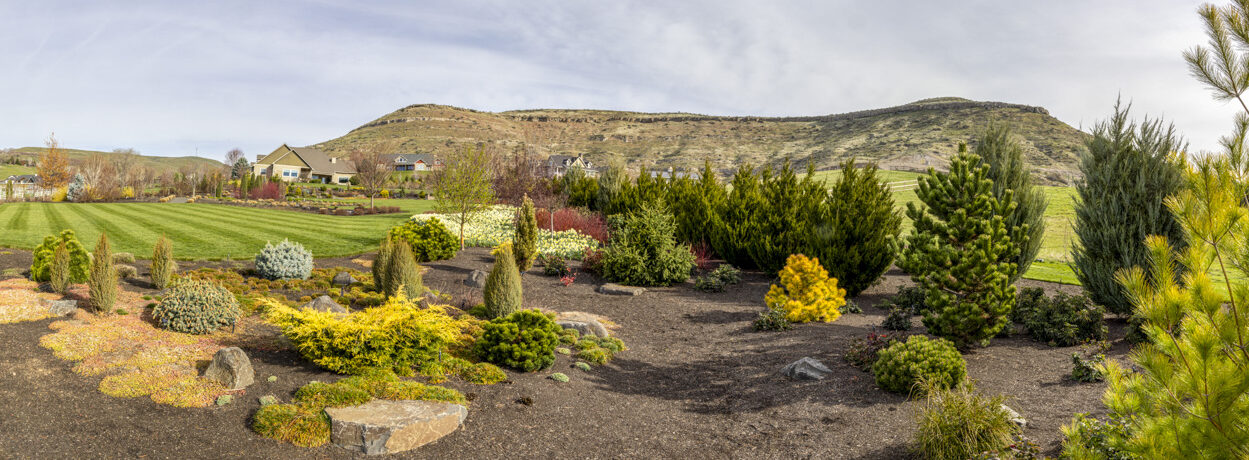
I just returned from a weekend photographing Sandhill Cranes near Othello, WA. The cranes are on their migration path from central California, where they winter, to Alaska. I am relatively new at bird photography. I practice a lot to get decent images. I took around 3500 images over a three day period. My “decent image” percentage is about 2%.. The following sequence is what we went through to photograph the birds. #1 – Find the birds. The first day we spent about 4 hours before we saw any Sandhill’s. #2 – Position myself to get the sun behind my back. Hope that wind is coming from the same direction. The birds land and take off into the wind. #3 – Have a lot of patience. Don’t get excited and take hundreds of images of birds on the ground not doing anything or birds that are flying off way in the distance. #4 – Wait for the birds to do something interesting like taking off/landing or “dancing” on the ground. #5 – Anticipate, be be ready. You do not have a lot of time to focus and shoot. #6 – Make sure you are focused on the bird before you shoot. I had a lot of blurry images (I meed a lot of practice). #7 – Pray that you captured a few good images. My success rate was not very good. #8 – Shoot with someone who knows what they are doing. Thank you Jack!!!
The above image was not my best, but it had some interesting lighting. It was a good opportunity to do a little post processing. I will include sharper images in future posts.
After looking at this, I laughed at myself. This is not a sandhill crane … it’s a Canadian goose. It is still a beautiful sight though.
Related Images:










